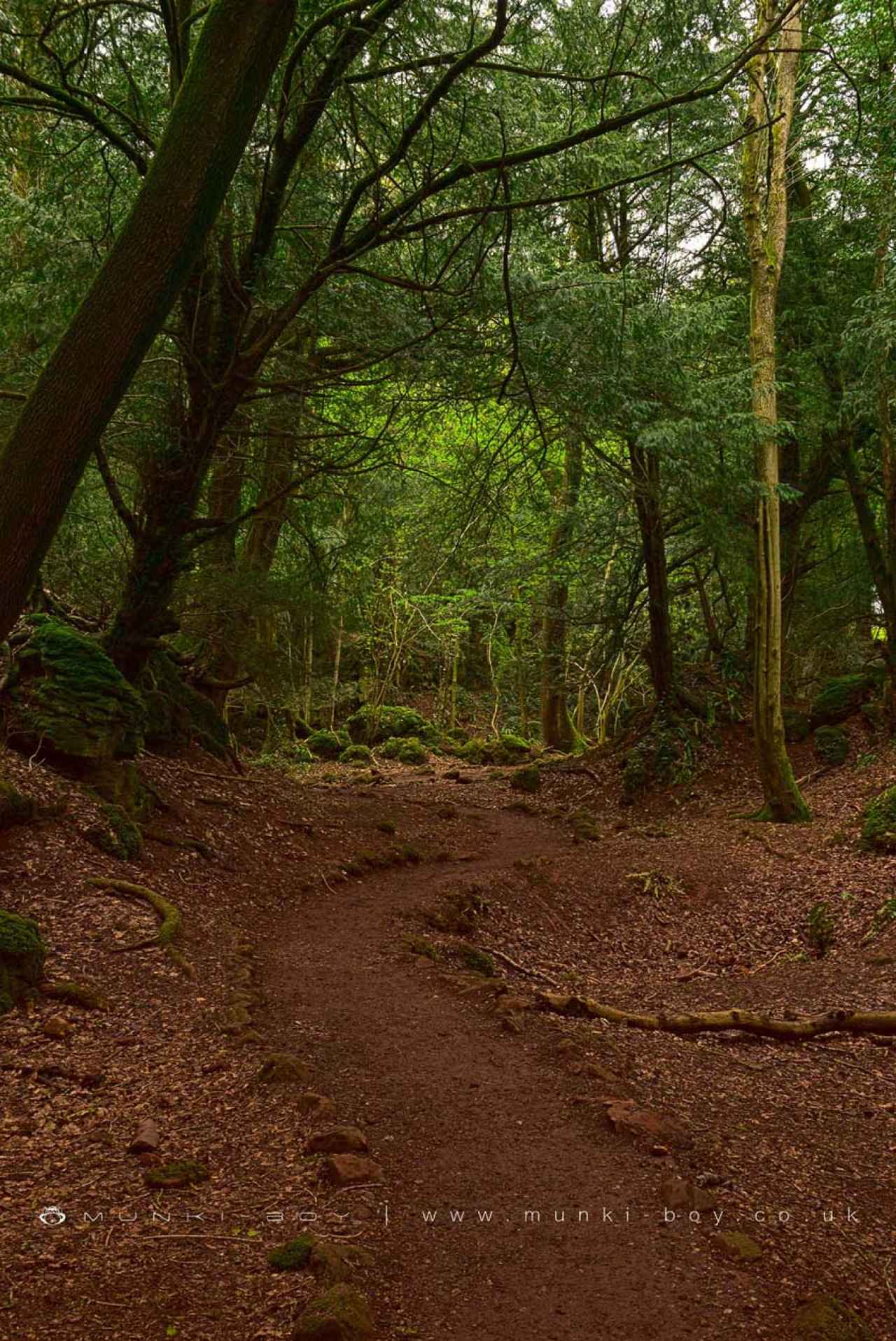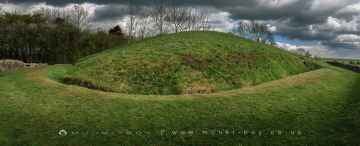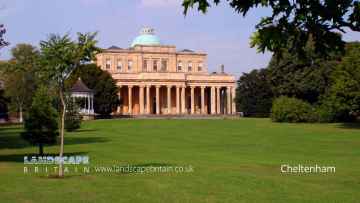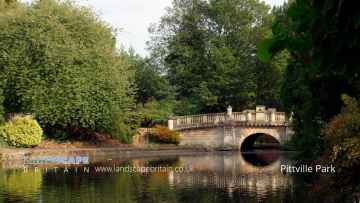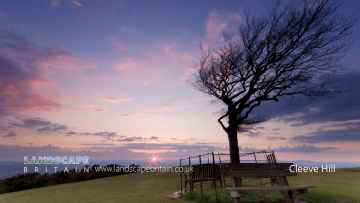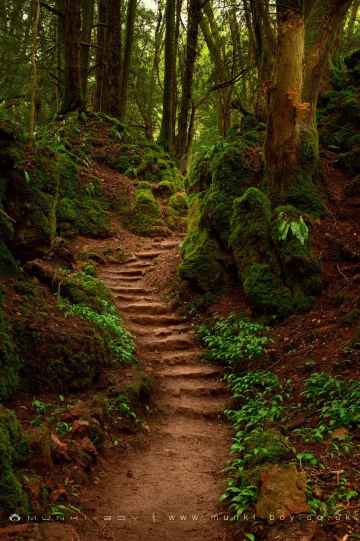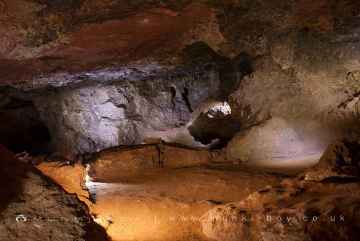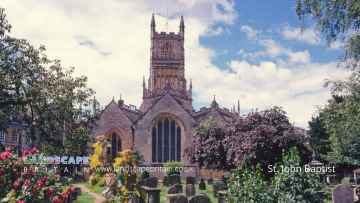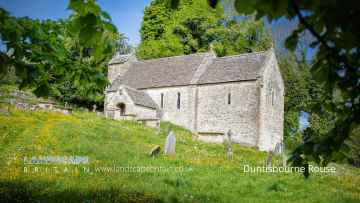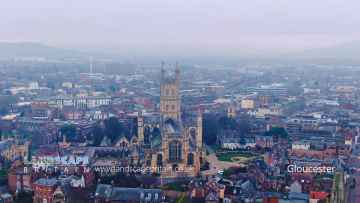Coleford is a Town in the county of Gloucestershire.
There are great places to visit near Coleford including some great ancient sites, historic monuments, towns, parks, hills, woodlands, geological features, caves, old mines, airports, historic buildings, villages and cities.
Belas Knap Long Barrow, and Notgrove Long Barrow are some of Coleford best ancient sites to visit near Coleford.
Belas Knap Long Barrow is a great place to visit close to Coleford if you like historic monuments.
Coleford has some unmissable towns nearby like Cheltenham, Coleford, and Cirencester.
Don't miss Pittville Park's parks if visiting the area around Coleford.
There are a number of hills near to Coleford including Cleeve Hill.
Puzzlewood is one of Coleford's best, nearby woodlands to visit in Coleford.
Coleford is near some unmissable geological features like Puzzlewood,
There are a number of caves near to Coleford including Clearwell Caves.
Clearwell Caves is a great place to visit close to Coleford if you like old mines.
The area around Coleford's best airports can be found at Gloucestershire Airport.
St. John Baptist Cirencester, and Gloucester Cathedral are great places to visit near Coleford if you like historic buildings.
Villages to visit near Coleford include Duntisbourne Rouse, and Rodmarton.
Gloucester is one of Coleford's best, nearby cities to visit in Coleford.
Coleford History
There are some historic monuments around Coleford:
Places to see near Coleford
History of Coleford
Following the restoration, a market was granted in 1661, and a new market house built in 1679. Much building took place within the town and by 1710 it was reckoned to have 160 houses. Among the older surviving buildings in the market place the Old White Hart Inn dates from the 17th century. In the late 18th century and the early 19th the town also expanded along its other streets and most of its older houses were rebuilt. The Angel inn, which had opened by the 1650s, was re-fronted or rebuilt around 1800. For many years it housed an excise office and in the mid 18th century it was the town’s principal coaching inn and it was used for public meetings and assemblies. The number of public houses increased as the town grew in importance and in 1830 there were seven or eight inns, most of them in the market place, and a larger number of beerhouses. The market house (or town hall) was rebuilt on a larger scale in 1866. Also in the market place was the church, which was rebuilt on an octagonal plan in 1820, but proved too small for the growing congregation and was pulled down in 1882, its tower being retained for a clock tower. A much larger church, St John the Evangelist’s, was built on a hillside overlooking the town. This church was closed in 2016, and its building put up for sale. Expansion of the town continued in piecemeal fashion throughout the 20th century with both council and private development. Traffic congestion in the market place was eased by the demolition of the town hall in 1968 and the introduction of a gyro system around the clock tower. Iron production in Coleford dates to the Middle Ages, this produced large quantities of waste material or cinders. Some formed prominent mounds, which by the late 17th century were being re-worked to provide iron-ore for the furnaces which were more efficient by that time. The medieval ironworks were moveable forges operating on the royal demesne woodland of the Forest of Dean. An ore smithy, or furnace, was operating at Whitecliff in 1361, and the hamlet had a number of furnaces and forges in the 15th and 16th centuries. In the later Middle Ages iron was also worked in Coleford town, where there was a furnace next to the chapel in 1539.









